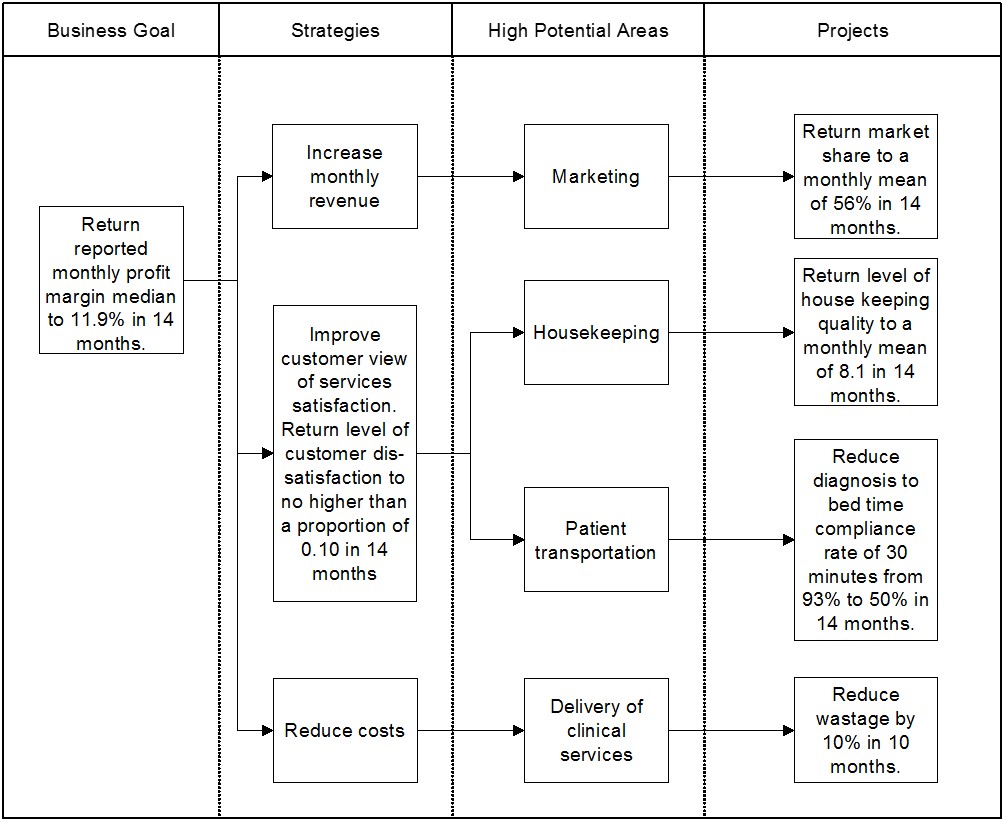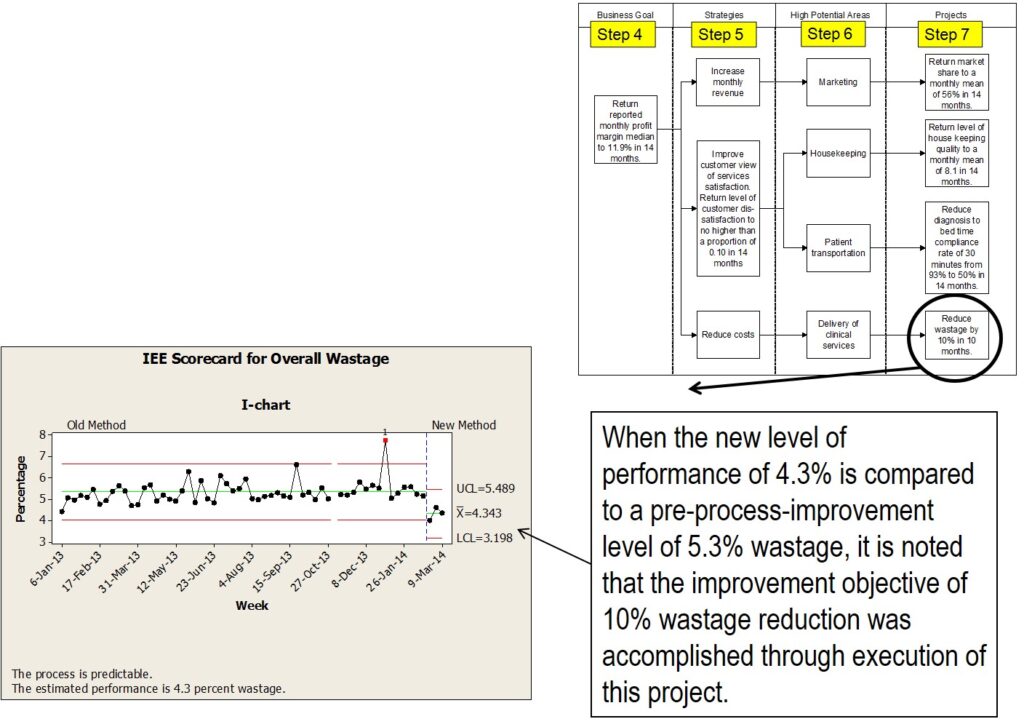Business goal setting is important; however, care needs to be exercised when executing and tracking performance measurements against stated objectives. If this is not done, very unhealthy behaviors can occur.
Linkage to a published goal-setting article, which addresses the following described common-place, business-goal-setting shortcomings, is available at the end of this web-page.
Consider an organization where corporate provides monthly goals to a manufacturing facility. The plant manager at this work location is then held responsible to meet these goals. In this corporate policy, facility leadership may also receive periodic financial bonuses when corporate goals are met. However, if financial monthly objectives are not achieved, the resulting consequences to the plant manager and other organizational leadership is not pleasant; i.e., jobs could be lost.
A meet-the-numbers-or-else corporate policy can have a significant negative impact on how a business is run. For example, when pressure is high to meet a monthly number, orders from the future might be drawn into the current month to meet the short-term stated financial objective (at perhaps great expense to the organization as a whole); i.e., rob Peter to pay Paul.
This type of financial-meeting-monthly-numbers corporate policy can lead to an organization culture where the implementation of process improvement efforts, which can benefit the business as a whole, is virtually impossible.
An alternative business goal setting (with a monitoring and tracking achievement) approach is needed!
Business Goal Setting that Leads to the Right Behaviors
The output of a process [i.e., Y in the relationship Y = f(X)] will have variability. This is also true for the monthly financial measurements of an organization, which is the result of many processes.
A Mathematically Reiteration: When an organization feels compelled that they must meet a specific ″Y″ time value goal, an un-natural ″X″ interjection is needed when the natural variability for the current time period is less than the corporate objective; e.g., pull orders from future months to the current month to meet corporate’s this month requirement.
When setting financial goals, organizations benefit when they set objectives as a mean or media monthly value. This corporate policy change will encourage making process improvement efforts [i.e., the X’s in Y=f(X)] that positively impact the business as a whole, naturally.
From a business point of view, financial median or mean monthly objectives makes more sense than specific month values, since the annual monetary performance of an organization depends upon the results from twelve months, not one.
A corporate policy that gives focus to just meeting monthly objectives is management to the Y’s, which, again, can be very unhealthy, if not destructive, to the enterprise as a whole. Organizations benefit when they transition to management of the X’s (i.e., processes and their improvements) that are important to the business as a whole.
This management transition can be achieved through the use of an organizational Enterprise Improvement Plan (EIP) within the Integrated Enterprise Excellence (IEE) business management system.
The following EIP graphic illustrates the alignment of process improvement efforts (columns on the right) so that the big picture benefits (financial column on the left).

Tracking Performance against Business Goals
IEE satellite-level tracking provides the examination of organizational financial metrics from a process-output point of view that is not bounded by calendar year; e.g., monthly. Operational process output responses can similarly be tracked using an IEE 30,000-foot-level approach.
A tracked performance is concluded to be of statistical importance to improve a process when its time-series measurement transitions to an enhanced level of performance, as illustrated in the following figure.

ASQ Quality Progress September 2019 published article titled “Goal Setting’s Conflict Resolution: What to do when business goal setting and process improvement are at odds” by Forrest Breyfogle describes the setting of goals from a high-level point of view that leads to long-lasting process improvements. Downloaded this article through the following link.
Contact Us to set up a time to discuss how your organization might gain much from an Integrated Enterprise Excellence (IEE) Business Process Management System and its business goal setting methodology with achievement tracking approach.
